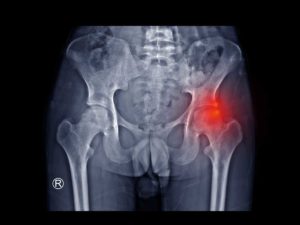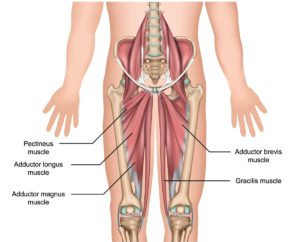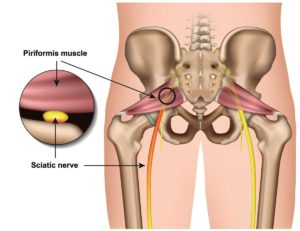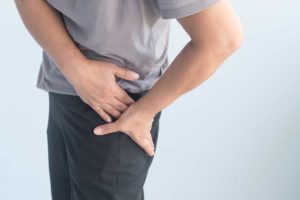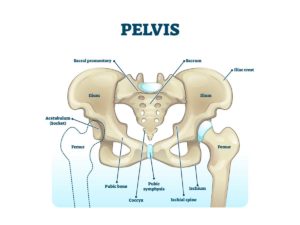
Hip Flexor Tightness
Typical Symptoms
Tightness of the hip flexors can cause pain over the anterior (front) of the hip as the iliopsoas muscle attaches onto the femur (thigh bone), but as it originates in the lower back, tightness in the muscle can also cause pain in this region.
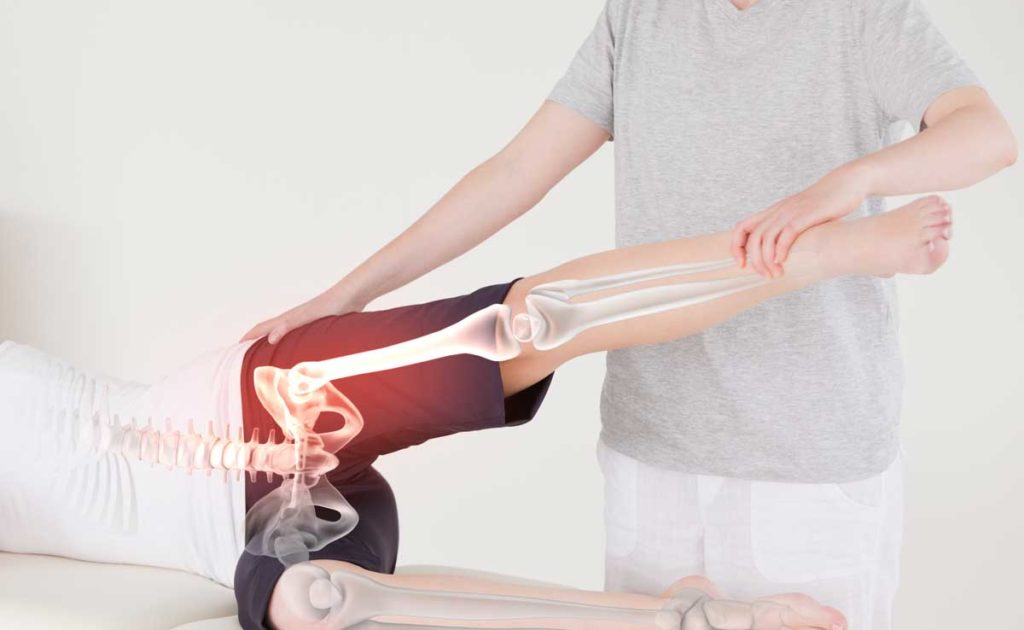
What causes it?
Tightness can be due to a repeated hip-flexed position which can result from activities such as cycling, gym training or even poor posture when sitting at the office desk. Then, if the muscle is overloaded, tendinopathy can occur in addition to tightness in the tendon.
How can I help myself?
It is useful to consider when the symptoms occurred, whether it was related to a particular activity and how it is affecting you. If it was from certain contributing factors, such as your sporting or occupational practices, trying to alter some of these can help, either by offloading the activity or working on correcting underlying issues.
Working with a sports therapist for soft tissue release or acupuncturist can also help with pain symptoms. If it is related to office ergonomics or your riding position, then an occupational assessment or bike fit may be useful. In situations where symptoms are particularly bad, analgesia can also help with reduce pain.
When to seek help?
If your symptoms are ongoing or progressive despite trying to identify what is contributing to it or taking measures to reduce the their occurence, and it starts affecting your function, you should have this problem assessed at the earliest possible.
What are the treatment options?
Your clinician should assess you clinically with a history and physical examination to identify where the problem is originating from. They may undertake early investigations such as an X-ray of the hip to look for degenerative changes, or ultrasound scan to to look for soft tissue pathologies. They may advise hip flexor and core muscle flexibility and strengthening exercises under the guidance of a physiotherapist; but in situations where symptoms are ongoing, then they may obtain further imaging in the form of an MRI scan.
Sometimes, additional treatments such as ultrasound-guided cortisone injections can help with pain and but if this fails to alleviate your pain, a surgical review may be warranted.
